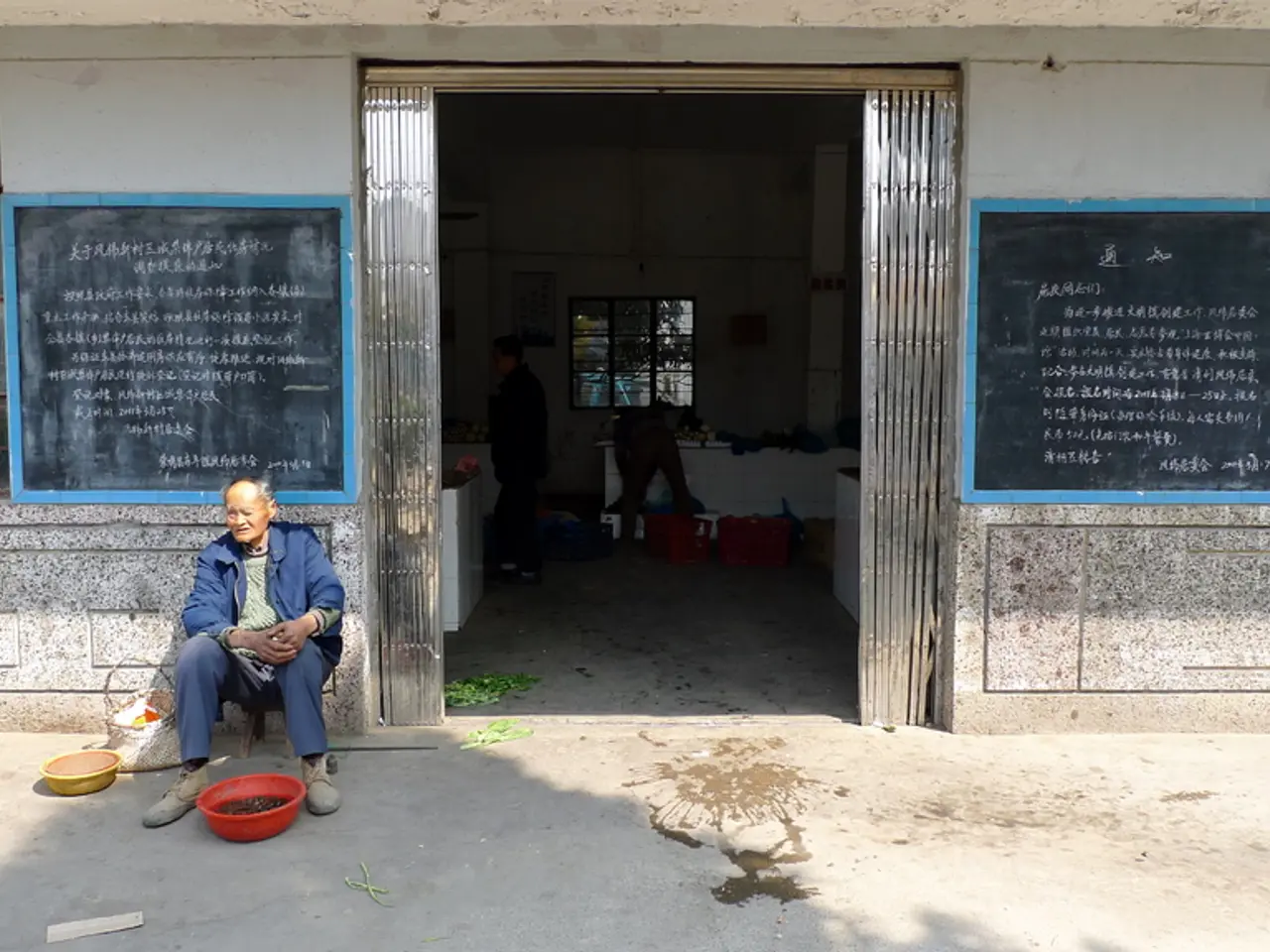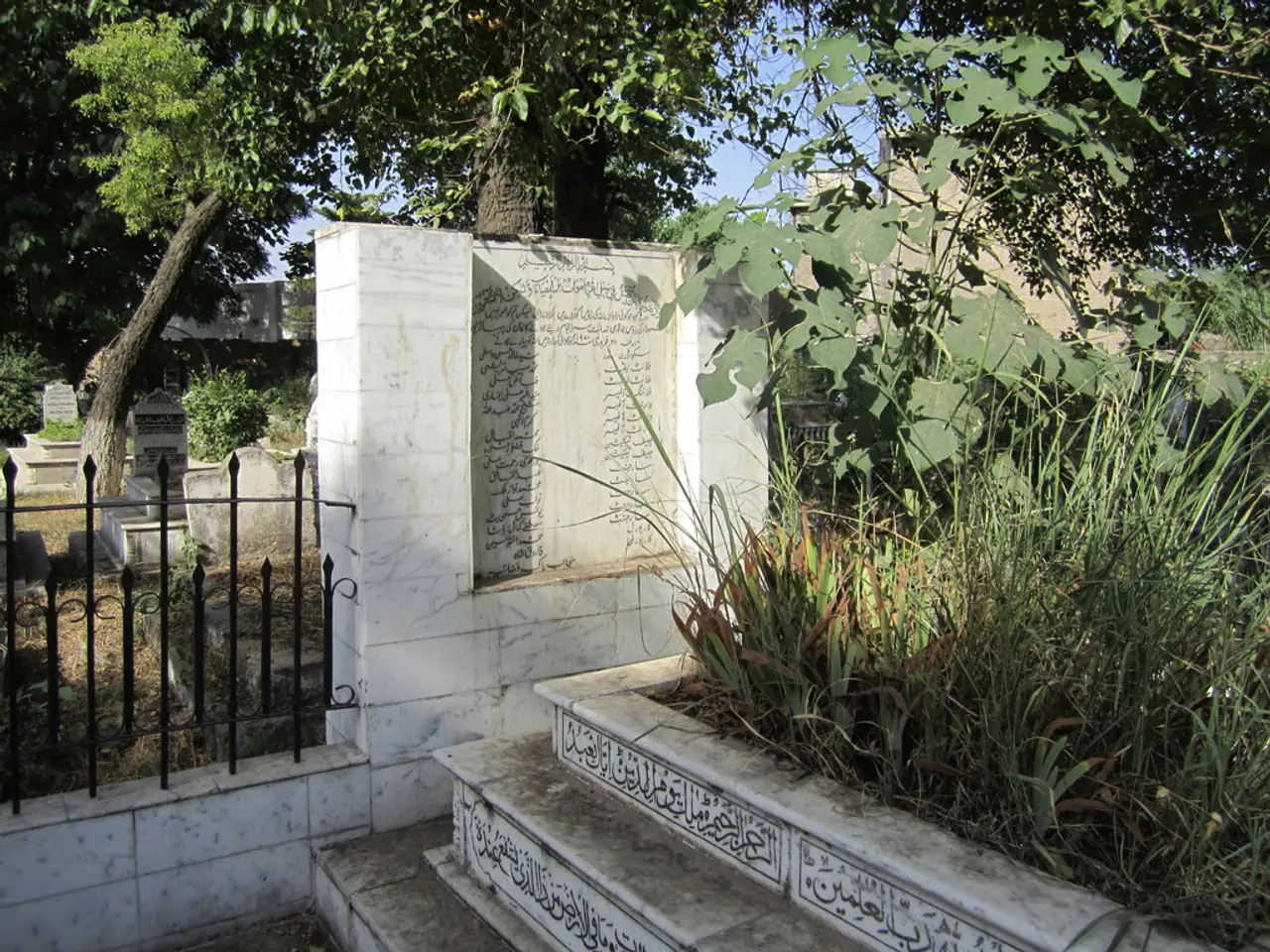Capital city of Ecuador grapples with water scarcity, significantly disrupting regular activities
The city of Quito, Ecuador, is currently grappling with a severe potable water crisis, caused by a 350-meter rupture in a water pipeline that supplies much of southern Quito. As of July 12, 2025, the repair work is approximately 45% complete, according to Quito's Mayor, Pabel Muñoz.
Local authorities, led by Mayor Muñoz, are prioritising the rapid repair of the damaged infrastructure to restore water supply. Emergency crews are distributing water supplies to six affected areas and removing sludge from damaged pipelines. However, the demand for water is outpacing the supply, with 70 water trucks mobilised by the municipality struggling to meet the needs of the over 400,000 residents affected.
The water shortage is causing disruptions to daily life, with residents forced to carry water in various containers, including black garbage bags, due to a lack of resources. Some residents are paying up to $3 USD for a car to help them carry water, while others are collecting untreated water from springs that do not meet sanitary or purification standards due to desperation. Older adults are particularly vulnerable during the water crisis, with some waiting in line for hours without assistance.
On a national level, drought conditions are exacerbating water and power challenges, affecting multiple sectors, indicating that broader national strategies for water management are crucial. The government has installed three portable water purification plants, and Vice President María José Pinto has been tasked with supplying and distributing aid to the affected population.
The water crisis also ties into larger public health concerns, as poor water quality in Ecuador contributes to food insecurity and negatively impacts child nutrition. Integrated public health efforts are recommended to handle the intertwined crises of water quality and food security.
Tensions between authorities have arisen due to the management of the response to the water crisis. Quito Mayor Pabel Muñoz has expressed concerns about the lack of fluid communication with the national government, while Energy Minister and COE President Inés Manzano criticised the Quito municipality's response to the emergency.
However, there is a sense of urgency to resolve the infrastructure breakdown while confronting the wider environmental and resource challenges in Ecuador. The government has installed the first portable water treatment plant in the area to prevent health problems. The current status of the water crisis remains urgent, with active repair underway and both local and national actors acknowledging the critical need for sustainable water management solutions.
Science and health-and-wellness communities worldwide are expressing concern over the escalating water crisis in Quito, Ecuador. The United Nations' World Health Organization (WHO) has advised immediate attention to ensure the quality of water supply in the affected areas, considering the potential risks to public health due to the lack of proper sanitation and purification standards. Meanwhile, local health authorities, leveraging science and technology, are working to install and operate the portable water purification plants to minimize the spread of waterborne diseases and maintain the well-being of the approximately 400,000 residents affected by the crisis.




